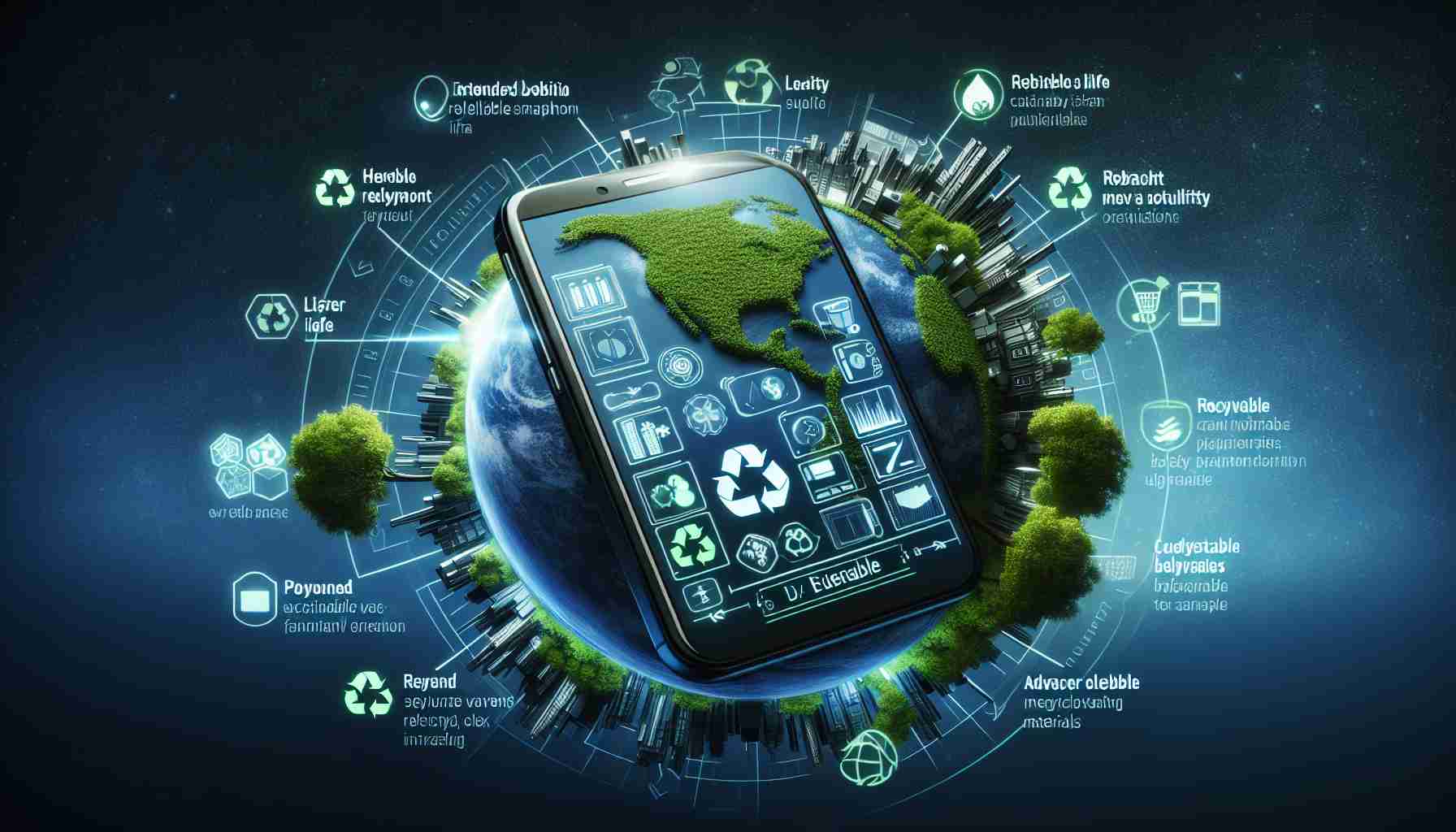Smartphone Sustainability for a Greener Future
Did you know that smartphones play a significant role in contributing to CO2 emissions? In Germany alone, communication technologies are responsible for 8% of the country’s CO2 emissions, with almost 20 million smartphones sold each year. Instead of constantly upgrading to the latest models, extending the lifespan of your smartphone can have a positive impact on reducing carbon emissions.
Changing Consumer Habits for Environmental Conservation
Recent studies have shown that consumers are increasingly interested in using their smartphones for longer periods, with many expressing a desire to keep their devices for up to 5 years rather than the current average replacement cycle of 2.5 years. By shifting towards a culture of sustainability and prioritizing longevity over frequent upgrades, individuals can contribute to reducing the environmental impact of smartphone production and disposal.
Manufacturers’ Role in Promoting Sustainability
To align with consumer preferences for durable smartphones, manufacturers have the opportunity to develop devices that prioritize repairability and longevity. By offering repair services for modular parts at affordable rates and extending security updates for a minimum of 7 years, companies can meet the demand for sustainable technology choices.
Building a Greener Future Together
As we strive towards a more sustainable future, extending the lifespan of smartphones emerges as a simple yet impactful solution in the fight against climate change. By making conscious choices to use our devices for longer periods and advocating for eco-friendly practices in the tech industry, we can all play a part in protecting our environment for generations to come.
Additional Facts:
– Ethical consumerism is growing, with more individuals considering the environmental impact of their purchasing decisions, including smartphones.
– E-waste generated by discarded electronics, including smartphones, is a significant global issue, with only a small percentage being properly recycled.
– The extraction and mining of materials for smartphone production have adverse effects on the environment, including deforestation, water pollution, and habitat destruction.
Key Questions and Answers:
1. How can individuals extend the lifespan of their smartphones?
– Answer: Individuals can prolong the life of their smartphones by using protective cases, avoiding overcharging, updating software regularly, and seeking repairs for issues instead of replacing the device.
2. What challenges are faced in promoting smartphone sustainability?
– Key challenge: Balancing consumer demand for new features and designs with the need for longer-lasting devices that are environmentally friendly.
Advantages:
– Reduced carbon footprint due to fewer smartphone replacements.
– Cost savings for consumers by using devices for longer periods.
– Decreased demand for new smartphone production, leading to conservation of resources.
Disadvantages:
– Potential loss of revenue for smartphone manufacturers if fewer devices are purchased.
– Technological advancements may outpace older devices, leading to obsolescence.
– Limited availability of repair services for some smartphone models.
Suggested Related Links:
– Greenpeace – Leading environmental organization advocating for sustainable technology practices.
